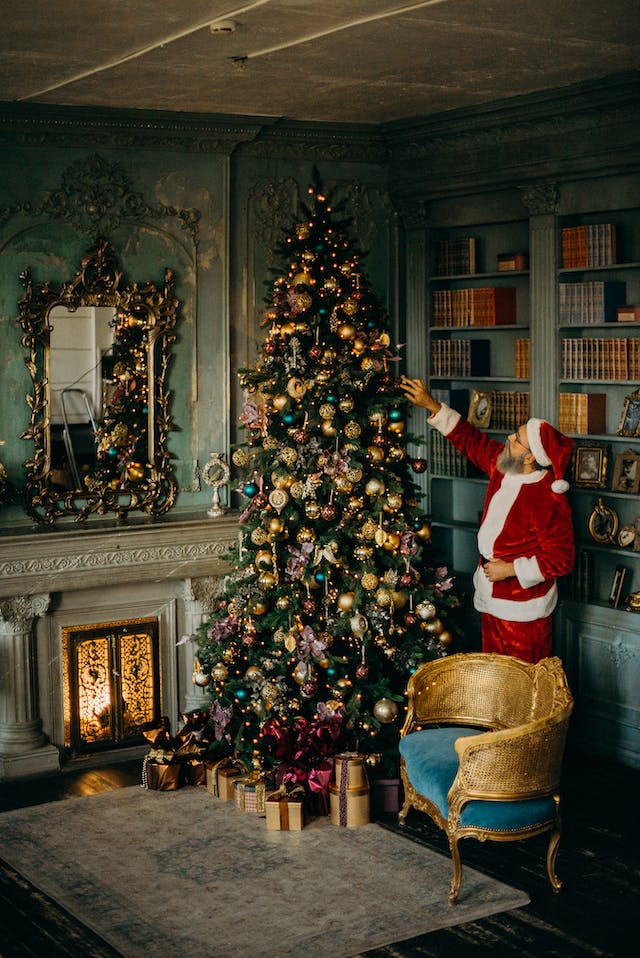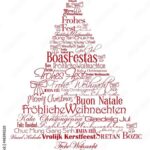The Christmas Tree – Origin and Legends
People often wonder where the custom of having a tree in the home during Christmas time comes from. We will probably never know for sure. But there are many historical clues that point out where this custom came from.

Thousands or years ago, there were people who believed that evergreen trees were magical. Even in winter, when all the other trees and were brown and bare, the evergreen tree stayed strong and green. People saw the evergreen as a symbol of life and as a sure sign that sunshine and spring would soon return. Candles, or the electric lights we use to decorate our trees today, are also an ancient symbol. They represent the light of spring overcoming the darkness of winter.
So when did the Christmas tree go indoors? Legend has it that the tradition was begun by Martin Luther in Germany. He was a monk and church reformer who lived from 1483 to 1546. According to the legend, Luther was returning home one wintry night when he saw the stars twinkling in the sky through the tree branches. Luther was amazed by the sight, and when he arrived home, he was eager to tell his family about it. To help them understand, he went to the woods and cut down a small fir tree. Luther brought it indoors and decorated it with candles, which represented the stars he had seen.
The custom spread in Germany, and from there all over the world. In England, the Christmas tree first appeared when Queen Victoria married Albert, a German Prince. In 1841, Albert set up a Christmas tree at Windsor Castle near London to remind him of his homeland. The Christmas tree custom was brought to the United States by people from England as well as by many German immigrants who came in the 1800’s. Whatever its origin, the Christmas tree is a beautiful symbol for everyone who celebrates Christmas.




